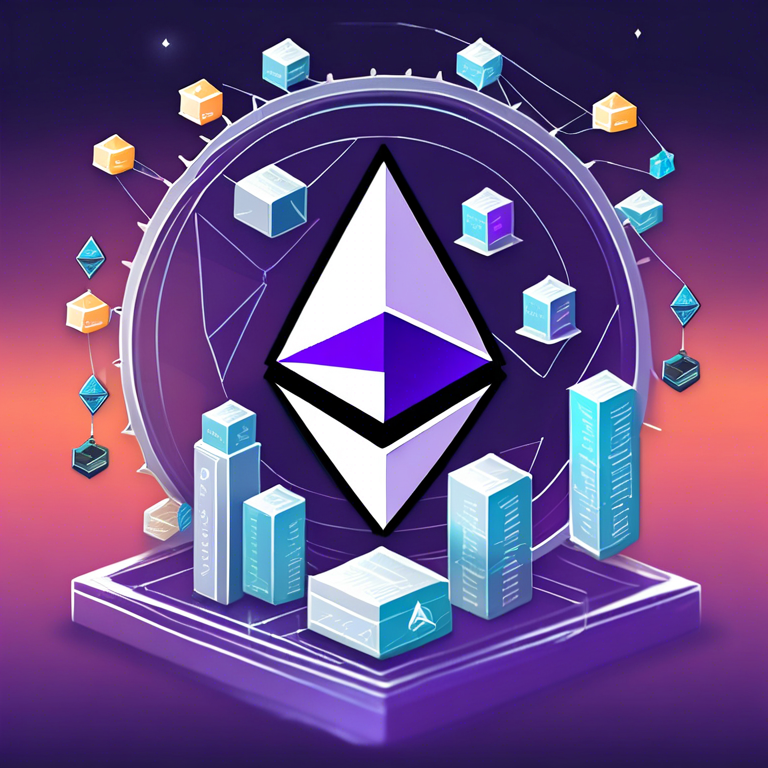In the ever-evolving landscape of blockchain technology, Ethereum stands out for its robust ecosystem and the flexible toolset it offers developers. One pivotal aspect of this ecosystem is the Ethereum package management via NPM (Node Package Manager
), a crucial component for any developer looking to build decentralized applications (DApps) on the Ethereum platform. This article delves into the essentials of using NPM for Ethereum development, exploring its benefits, key packages, and practical guidance on managing these packages effectively. By the end, you’ll have a comprehensive understanding of how to leverage NPM in your Ethereum projects for optimized development workflows and enhanced application performance.

Ethereum Development Essentials: Embracing NPM Packages
At its core, Ethereum’s integration with NPM simplifies the development process of DApps by offering a vast repository of reusable code. NPM, being the largest software registry in the world, facilitates developers in accessing and sharing packages necessary for Ethereum development. These packages can include everything from smart contract libraries like OpenZeppelin, which provides secure, standard contract templates, to frameworks like Truffle and Hardhat, designed to streamline the deployment and testing of your contracts. The availability of these packages accelerates the development process, reduces errors, and ensures a higher standard of code quality through community vetting.
Navigating the NPM Ecosystem: Key Ethereum Packages
Understanding the landscape of Ethereum-related packages on NPM can significantly enhance your development workflow. Some of the key packages include:
- Web3.js: A collection of libraries that allow you to interact with a local or remote Ethereum node using HTTP, IPC, or WebSocket.
- Ethers.js: An alternative to Web3.js, it provides a compact and complete Ethereum library for simplifying the interaction with the Ethereum blockchain.
- Truffle: A world-renowned development environment, testing framework, and asset pipeline for blockchains using the Ethereum Virtual Machine (EVM
), aiming to make life as an Ethereum developer easier. - Hardhat: Similar to Truffle, it’s a development environment that helps developers manage and automate the recurring tasks inherent to the process of building smart contracts and DApps on Ethereum.
- OpenZeppelin: A library of secure and audited smart contracts that is widely used in the Ethereum development community for creating ERC20 tokens, among other standards.
This is just a glimpse into the array of tools available via NPM for Ethereum developers. By leveraging these tools, developers can focus more on the unique aspects of their projects, rather than reinventing the wheel for every new DApp.
Best Practices for Managing Ethereum Packages via NPM
Effectively managing NPM packages is paramount to maintaining a healthy development environment. Here are some best practices:
- Regularly Update Dependencies: Keep your project’s dependencies up-to-date to benefit from the latest features, performance improvements, and security patches.
- Audit Your Packages: Use tools like `npm audit` to identify and fix potential vulnerabilities in your dependencies to ensure your project’s security integrity.
- Understand Semantic Versioning: Properly understanding version numbers can prevent compatibility issues and ensure a smoother development experience.
- Maintain a clean `package.json`: A well-organized `package.json` file will make dependency management easier and your project more approachable to new contributors.
In conclusion, NPM serves as the lifeline for Ethereum developers, offering a reservoir of tools and libraries that streamline the development of decentralized applications. By understanding how to navigate, leverage, and manage these packages, developers can significantly enhance their productivity and the quality of their DApps. The Ethereum ecosystem continues to grow, and with it, the array of packages available on NPM. Embracing these resources is essential for any developer looking to make their mark in the world of blockchain technology.